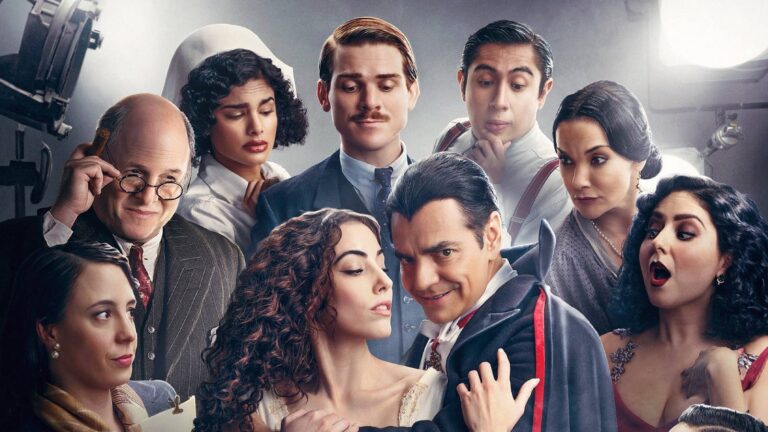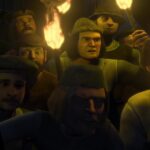Overview
Y Llegaron de Noche reimagines the making of Dracula, a 1931 Universal classic, by threading a fictional account of the Spanish-language production alongside the English version. Shot in tandem to reuse sets and equipment, the Spanish Dracula was produced at night to suit the era’s schedules and logistics.
Two Draculas, One Shoot
In the series, producer Paul Kohner hires Cecilia Ramírez to bridge languages between director George Melford and the Spanish-speaking cast, spotlighting the collaboration that kept both productions moving. The dynamic between Lugosi’s English-language Dracula and Carlos Villarías’s Spanish incarnation drives the drama, revealing budget gaps that shaped the on-screen result.
Creative Twists and Real-World Echoes
Y Llegaron de Noche blends history with fiction. It expands Carmen Guerrero’s role, depicts Renfield as a lovesick, troubled figure, and even sprinkles in comedic beats about era filmmaking. The show also nods to the real-life romance of Kohner and Lupita Tovar, whose union later seeded a Hollywood lineage.
Why It Matters for Horror History
Though not a strict recounting, the miniseries spotlights a lesser-known chapter of Dracula’s origin and the broader Universal Monsters universe. Critics have revisited the Spanish Dracula, with some arguing it deserves recognition alongside the original, and Y Llegaron de Noche invites new viewers to consider how this period shaped horror cinema.
Source: Original article



